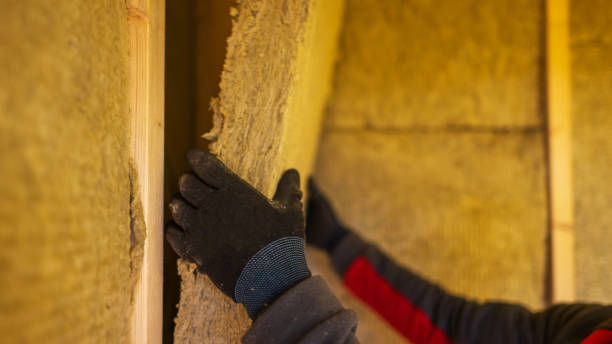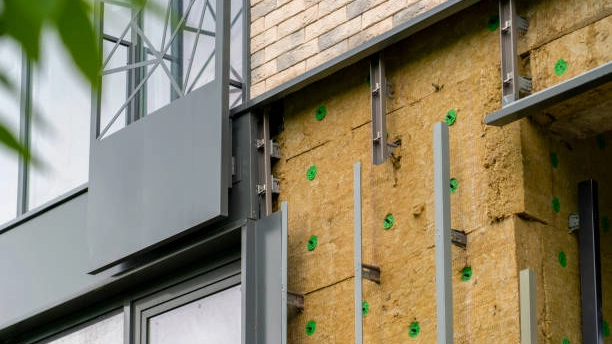Hot Insulation vs Cold Insulation: Understanding the Differences and Applications
Discover the essential differences between hot insulation and cold insulation with FUNAS. Our comprehensive guide explores their unique applications, benefits, and crucial roles in energy efficiency and safety. Whether you’re insulating pipes or protecting structures, understanding these insulation types ensures optimal performance. Trust FUNAS for insights on selecting the right solution for your needs.
Introduction
What is Hot Insulation?

Applications of Hot Insulation
What is Cold Insulation?

Uses of Cold Insulation
Hot Insulation vs Cold Insulation: Key Differences
| Feature | Hot Insulation | Cold Insulation |
| Purpose | Prevents heat loss and protects from high temperatures. | Prevents heat entry and maintains low temperatures. |
| Materials | Mineral wool, calcium silicate, ceramic fiber. | Foam, fiberglass, elastomeric rubber. |
| Temperature Range | Typically used in temperatures above 100°C (212°F). | Used in temperatures below 0°C (32°F). |
| Applications | Boilers, piping systems, furnaces, HVAC systems. | Refrigeration units, cold storage, cryogenics. |
| Energy Efficiency | Enhances energy efficiency by minimizing heat loss. | Prevents energy loss by blocking heat from entering. |
Why is Choosing the Right Insulation Important?
Conclusion
FAQs

Does Heat Insulation Work? The Ultimate Guide to FUNAS Insulation Solutions
What is the cheapest way to insulate internal walls? | FUNAS Guide
How thick is acousticlining? | FUNAS Guide
What are the disadvantages of thermal insulation? | FUNAS Guide
How much does acousticfoam reduce sound? | FUNAS Guide
service
Are your rubber foam products environmentally friendly?
Yes, our insulation products are designed with sustainability in mind. They help reduce energy consumption by minimizing heat loss and gain, and they are made from durable materials that have a long life cycle, reducing the need for frequent replacement.
How does your technical support work?
Our technical support team is available to guide you through every stage of your project—from product selection and design to installation. We provide expert consultation to ensure that you get the best insulation solution for your needs and can assist with troubleshooting if needed.
What is your shipping and delivery process like?
We offer reliable logistics services for insulation material wholesale, both domestically and internationally. Our team ensures secure packaging, timely shipping, and real-time tracking so that your order reaches you in perfect condition and on schedule.
FAQ
How do I choose the right insulation for my project?
Our team can help you choose the best material for heat insulation based on your specific needs, such as thermal resistance, acoustic properties, and environmental conditions.
Can your insulation products be customized?
Yes, we offer customized solutions for insulation material wholesale to meet the specifications of your project, including custom specifications, sizes, foils and adhesives, colors, etc.
You might also like



This product has passed the national GB33372-2020 standard and GB18583-2008 standard. (The product is a yellow liquid.)
Anggu foam phenolic glue is a kind of glue with corrosion resistance, low odor, high strength and excellent brushing property. Can be sprayed for construction with fast surface drying speed, long bonding time, no chalking and convenient operation.

This product has passed the EU REACH non-toxic standard, ROHS non-toxic standard. (The product is black glue.)
Anggu 820glue is a low-odor, high-strength quick-drying glue; Fast drying speed, long bonding time, no powder, non-toxic.
Discover the future of energy efficiency with FUNAS's "Top Thermal Insulation Materials List for 2025." Our expertly curated list highlights innovative solutions perfect for your construction and renovation needs. Stay ahead of the curve with cutting-edge insulation technology designed for optimal thermal performance and sustainability. Trust FUNAS for advancements that redefine comfort and efficiency in every project.
Leave a message
Have any questions or concerns about our products? Please leave us a message here and our team will get back to you promptly.
Your queries, ideas, and collaboration opportunities are just a click away. Let’s start a conversation.


















































